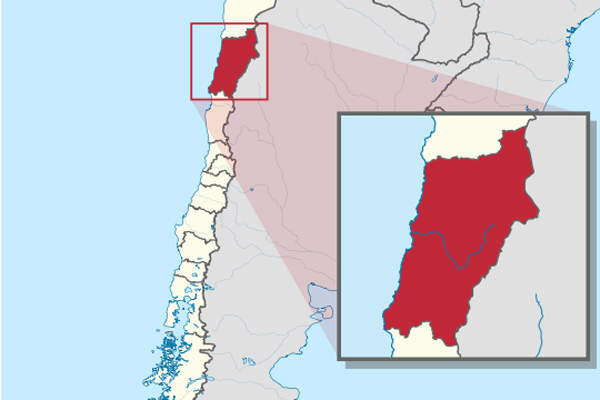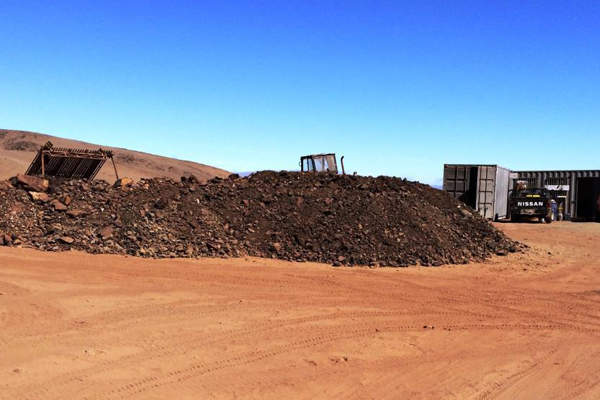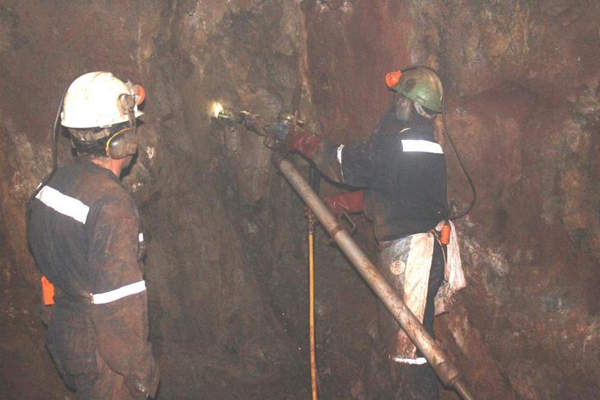
Australian company Mining Group is currently developing the Panga underground copper mine as part of its El Roble Copper Project in Chile. The deposit lies approximately 4km north-east of the Descubridora and Veta Gruesa mines.
El Teniente is the world’s biggest underground copper mine and the sixth largest copper mine by reserve size.
Mining Group received permission to extract ore from the historic Panga mine in December 2013. The company decided to go ahead with underground operation after assessing the viability of open-pit mining at the site.
The mine rehabilitation and redevelopment was completed in the first quarter of 2014 and underground mining commenced in March. The company also received the license to extract 5,000t of ore a month at Panga in April.
The deposit was mined to a depth of approximately 100m and 150t of copper-bearing ore was produced, which is expected to be sent for processing by mid-2014.
Panga mine geology and mineralisation
The Panga mine, located approximately 25km east of Caldera in the Region III of Chile, lies within the Atacama iron oxide copper gold region that contains vein-hosted high-grade copper and gold deposits.
Intrusive dioritic and andesitic volcanic rocks of the Chilean Cretaceous Belt host the quartz/iron oxide veins with copper and gold mineralisation in the EI Roble Project and the Panga mine area. Near-surface oxide ore, mostly consisting of cuprite, covellite, malachite, atacamite and iron oxides, is also found abundantly in the region.
Panga mine production agreement
Mining Group entered into a production lease agreement with the Chilean Government to extract copper ore from the historic Panga mine in December 2013. The agreement provided access to the mine on three concessions spread over approximately 11ha and 1,100m of strike length of the Panga vein.
As per the agreement, Mining Group is required to make a monthly payment of $2,000 and pay a royalty of 10% on the first $200,000 of revenue generated from the operation and 5% on revenue above the $200,000 limit.
Panga copper mine development details
The Chilean copper mine was previously mined with a number of small stopes mapped from underground and at surface along its strike length of 3km. Located at the 1,100m strike level, the mine comprised approximately 220m of adit development while the open-ore faces are exposed at the bottom.
The current project has re-established access to the mineralised Panga vein and the mine is being redeveloped along the strike of the vein on two levels – 966 and 956.
The nominal dimension of the development drives created for the mine measure at a heigh and width of 2.2m. The 966m level comprising high grade copper bearing zone is advancing in the north-east direction while the 956m level is heading in the south-west direction towards the mine entrance. The 966m level consists of gold rich quartz/ hematite breccia along with copper mineralisation.
Mining and processing of ore at the Panga mine
The underground mining at Panga involves the use of handheld air-leg drills for drilling, blast methods and diesel-powered scoops for ore removal.
The extracted ore will be transported by road to one of the two local ENAMI toll treatment plants located within 80km of the El Roble project. Run by Chilean state-owned mineral processing entity, the plants are capable of processing copper oxide rock and fresh sulphide rocks.











